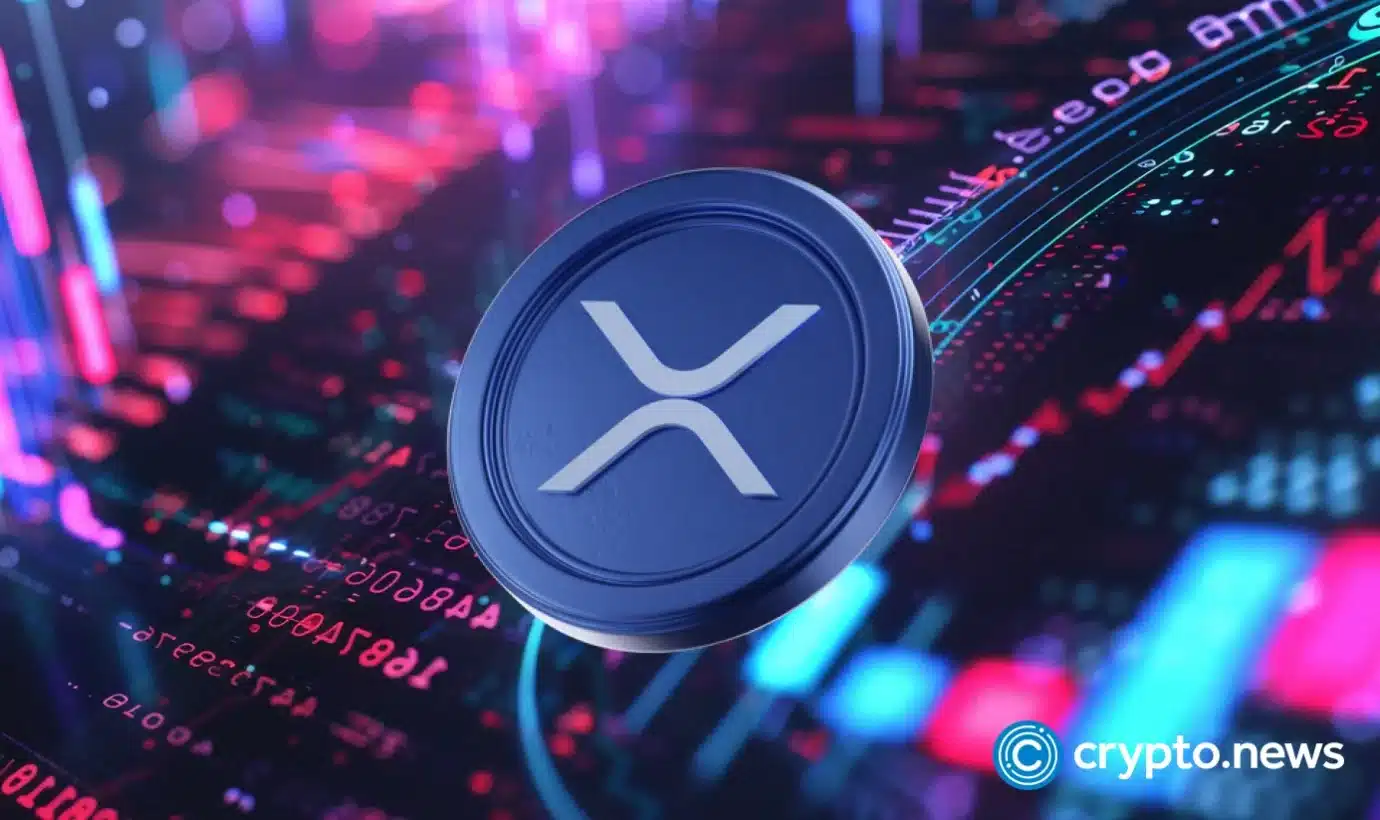Blockchain networks, including Arbitrum, zkSync, Avalanche, and others, have encountered performance issues and crashes due to inscriptions—a form of digital collectible created by embedding data into the calldata or witness fields of a blockchain transaction. Polygon’s co-founder, Branden Farmer, suggests that the use of parallelized Ethereum Virtual Machines (EVMs) could potentially resolve these challenges.
Polygon co-founder shares insights on inscriptions
Originally emerging on the Bitcoin network after the Taproot upgrade in 2021, inscriptions allowed users to embed data into the “witness” field of a transaction. This innovation led to the creation of various digital collectibles, triggering both positive and negative reactions within the Bitcoin community. Some viewed these collectibles as beneficial to the network, while others considered them “spam.” The trend extended beyond Bitcoin, with inscription producers turning to Ethereum sidechains and layer-2 solutions like Arbitrum, Avalanche, and Polygon.
Unlike Bitcoin, where data was written into the “witness” field, inscriptions on EVM-based networks were placed in the “calldata” field. This method proved cost-effective for creating collectibles, as calldata is not stored in a smart contract’s state, allowing producers to mint their digital items at a fraction of the cost of traditional nonfungible tokens (NFTs). However, the affordability of this minting method led to increased fees and network instability as users flooded the blockchain networks with inscription transactions.
Notably, on December 15, the Ethereum layer-2 solution Arbitrum experienced over 70 minutes of downtime due to inscription spam, while other blockchains faced degraded performance and exceptionally high fees throughout December. Branden Farmer proposes that parallelized EVMs could be the solution to these challenges. Parallelism, in his perspective, enables unrelated transactions to be processed simultaneously, potentially increasing blockchain throughput and mitigating the impact of spam. Unlike the traditional sequential execution of EVM transactions, parallelized EVMs would process unrelated transactions concurrently.
Solutions and the future of blockchain scalability
This capability to process multiple transactions simultaneously could also localize gas fees to specific areas of contention. For instance, if numerous users are simultaneously accessing Uniswap, they might face higher fees due to the related nature of their transactions, which must be processed sequentially. In contrast, users attempting to mint NFTs would be less affected by this surge in Uniswap activity. Similarly, a surge in inscription mints might lead to increased fees for inscribers, while other users experience minimal impact.
While this “localized gas fee” feature has not been implemented on Polygon yet, Farmer indicates that it is a goal for the platform. Additionally, parallelization offers an overall increase in throughput, as demonstrated by Polygon’s implementation of “Block-STM,” resulting in a 1.6x improvement in performance. The team anticipates achieving a 2x improvement, allowing nodes to sync to the network and process blocks at a faster rate, enhancing the network’s ability to handle spam. Parallelization was initially proposed by Solana developers but is now being adopted by various blockchains, including Aptos, Monad, and others, to enhance performance.
Notably, the Ethereum ecosystem is taking a unique approach by combining parallelization with an increase in block space through layer-2 ecosystems, such as Polygon 2.0. The rise of inscriptions as digital collectibles has posed challenges for several blockchain networks, leading to degraded performance and increased fees. Branden Farmer’s suggestion of employing parallelized EVMs offers a potential solution by enabling the concurrent processing of unrelated transactions, localizing gas fees, and improving overall network throughput. As blockchain platforms explore these innovations, the goal is to strike a balance between scalability, cost-effectiveness, and stability in the evolving landscape of decentralized technologies.





